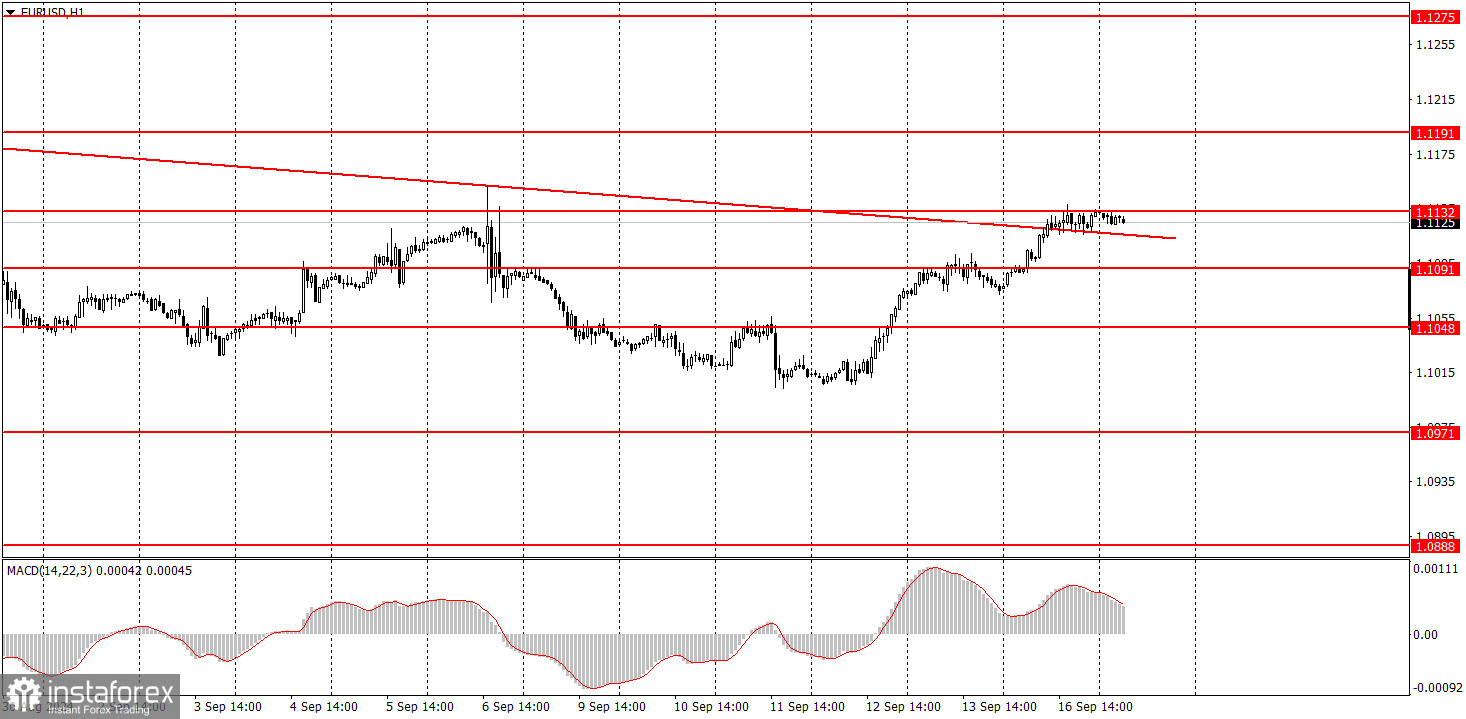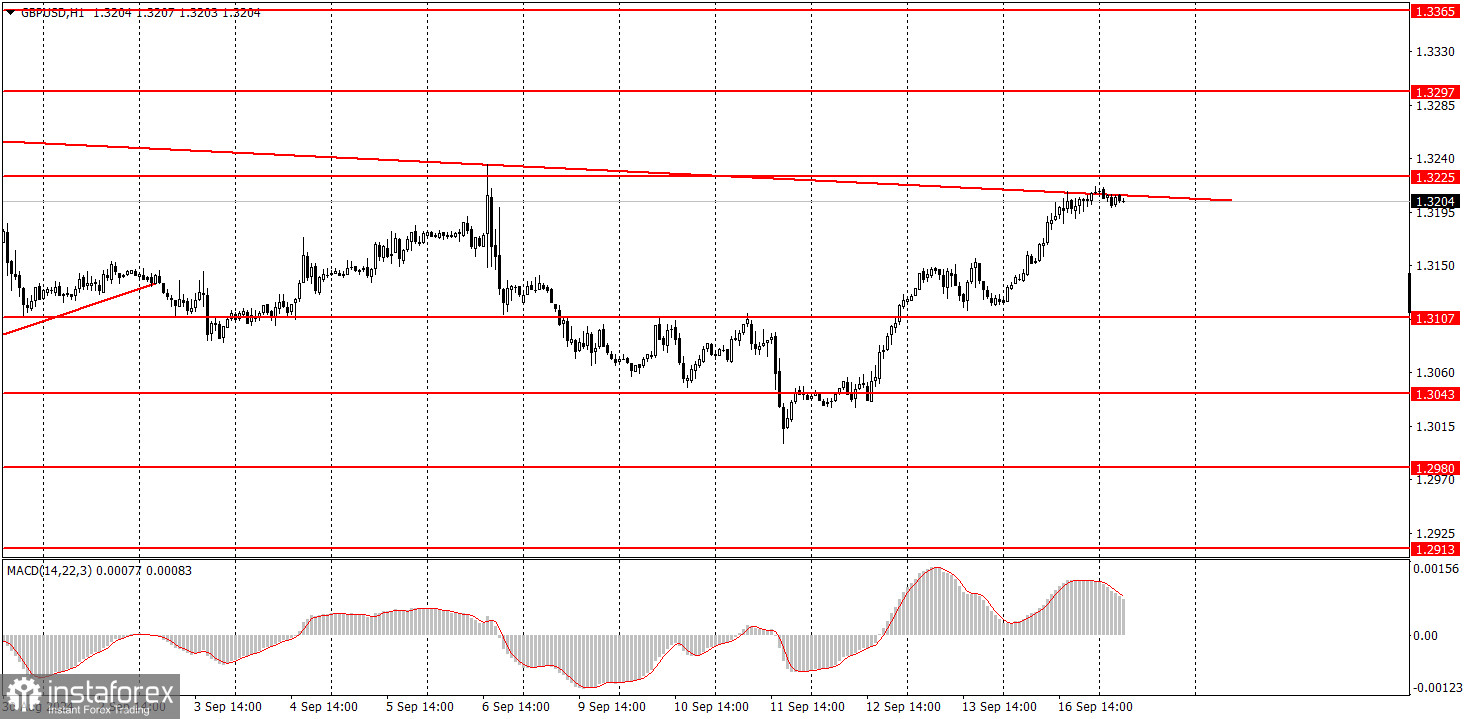Analysis of Macroeconomic Reports:

There aren't many macroeconomic events scheduled for Tuesday, but there will be a few. The problem is that the market currently doesn't need any reports to make trading decisions. There were no reports on Monday, yet both currency pairs showed significant growth. Therefore, we believe that today's reports won't have much impact on the market and may only trigger minor local reactions.
The Eurozone will release economic sentiment indices from the ZEW Institute. There will be reports on industrial production and retail sales in the US. In the UK, nothing. The US reports are somewhat important, but market participants are primarily interested in the US central bank's rate decisions ahead of the Federal Reserve meeting.
Analysis of Fundamental Events:

Among the fundamental events on Tuesday, we can highlight speeches by European Central Bank representatives Buch, Elderson, and McCaul. However, last Friday, half of the ECB's monetary committee already commented on the decision to lower key rates for the second time. So, it's unlikely that we will receive any new information from the ECB behind the scenes. In the US, there's a scheduled speech by Fed representative Lorie Logan, but it's obvious she won't comment on monetary policy just one day before the meeting.
General Conclusions:
On Tuesday, both currency pairs may attempt a slight downward correction, but overall, the technical picture looks like preparation for a resumption of the upward trend we've seen in recent months. The macroeconomic background will only have a minor influence on the movement of currency pairs, while the fundamental background will have none.
Basic Rules of the Trading System:
1) The strength of a signal is determined by the time it takes for the signal to form (bounce or level breakthrough). The less time it took, the stronger the signal.
2) If two or more trades were opened around any level due to false signals, subsequent signals from that level should be ignored.
3) In a flat market, any currency pair can form multiple false signals or none at all. In any case, it's better to stop trading at the first signs of a flat market.
4) Trades should be opened between the start of the European session and midway through the U.S. session. After this period, all trades must be closed manually.
5) In the hourly time frame, trades based on MACD signals are only advisable amidst good volatility and a trend confirmed by a trendline or trend channel.
6) If two levels are too close to each other (5 to 20 pips), they should be considered a support or resistance area.
7) After moving 15-20 pips in the intended direction, the Stop Loss should be set to break even.
What's on the Charts:
Support and Resistance price levels: targets for opening long or short positions. You can place Take Profit levels around them.
Red lines: channels or trend lines that depict the current trend and indicate the preferred trading direction.
The MACD indicator (14,22,3): encompassing both the histogram and signal line, acts as an auxiliary tool and can also be used as a source of signals.
Important speeches and reports (always noted in the news calendar) can profoundly influence the movement of a currency pair. Hence, trading during their release calls for heightened caution. It may be reasonable to exit the market to avoid sharp price reversals against the prevailing movement.
For beginners, it's important to remember that not every trade will yield profit. Developing a clear strategy and effective money management is key to success in trading over the long term.
 English
English 
 Русский
Русский Bahasa Indonesia
Bahasa Indonesia Bahasa Malay
Bahasa Malay ไทย
ไทย Español
Español Deutsch
Deutsch Български
Български Français
Français Tiếng Việt
Tiếng Việt 中文
中文 বাংলা
বাংলা हिन्दी
हिन्दी Čeština
Čeština Українська
Українська Română
Română

